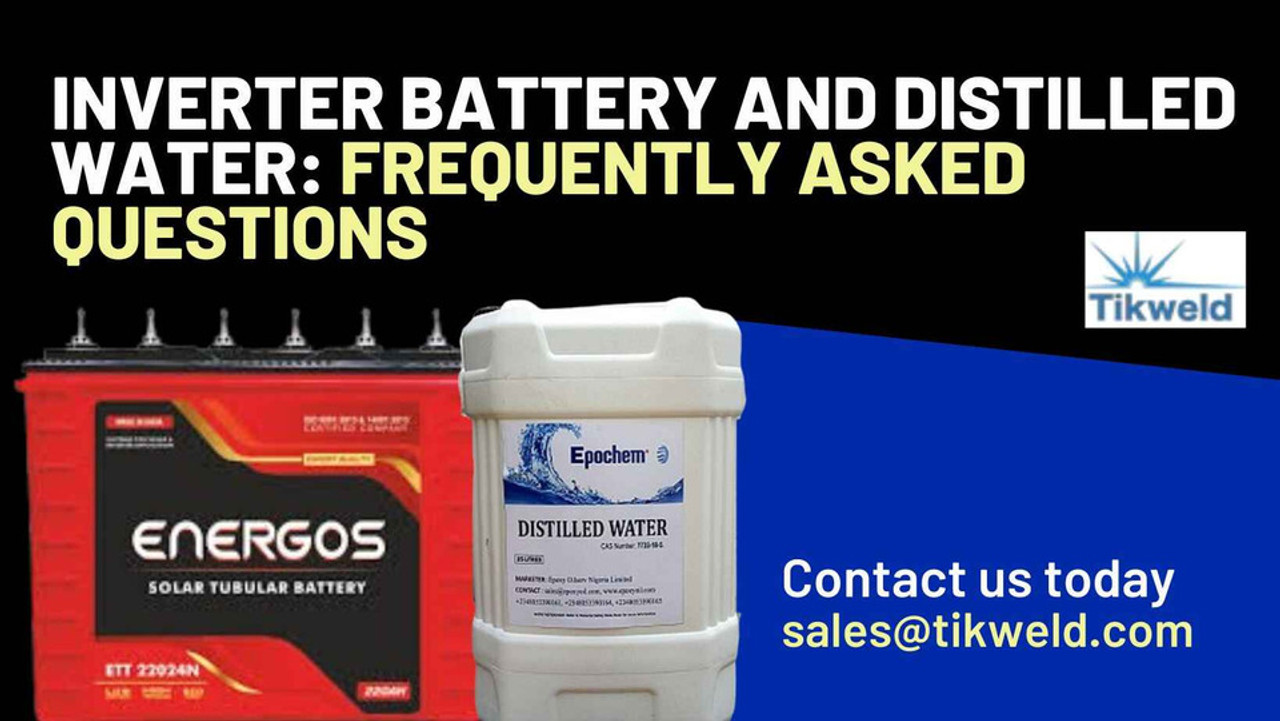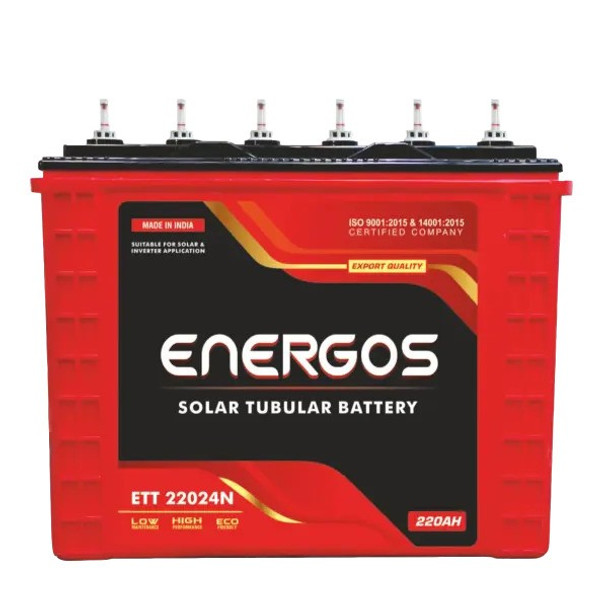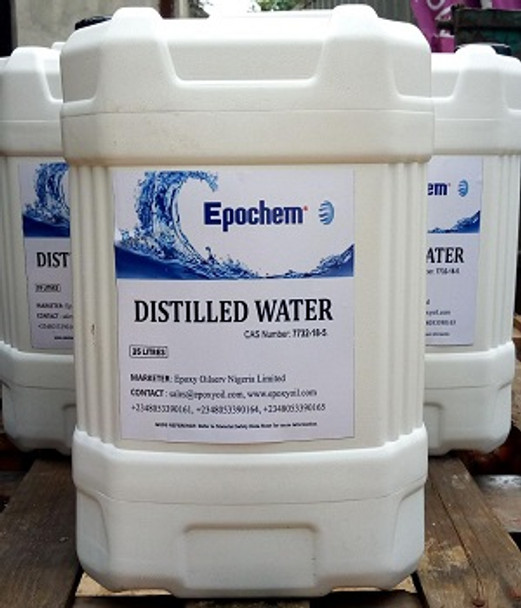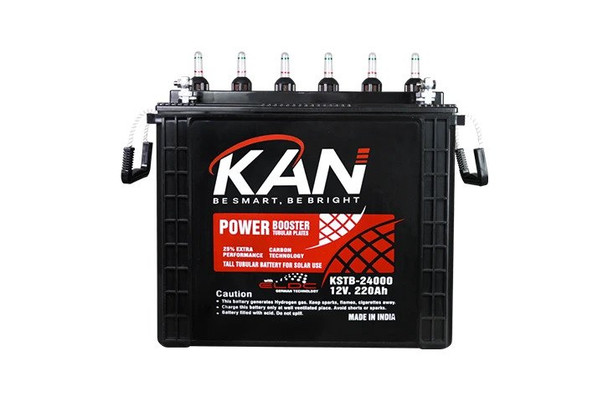Inverter Battery and Distilled Water: Frequently asked Questions
Introduction
Inverter batteries play a vital role in ensuring uninterrupted power supply. To maintain their performance and longevity, proper care and maintenance are essential and a key aspect of this is maintaining the electrolyte level using distilled water. This guide answers common questions to help you understand why distilled water is important, how to maintain water levels, and the do’s and don’ts for inverter battery care.
Learn more: Inverter Battery Maintenance: The Importance of Distilled Water
Energos 12V-220AH Tubular Battery
Key Takeaway
- Understanding the importance of using distilled water in inverter batteries can significantly enhance their performance and lifespan while preventing potential damage caused by impurities in regular water.
- Regular maintenance, such as timely refilling with distilled water and monitoring electrolyte levels, ensures efficient battery operation, reduces the risk of corrosion, and prolongs the battery's durability, making it a crucial aspect of inverter care.
- Proper knowledge about when and how to add distilled water, along with understanding the signs of low electrolyte levels, empowers users to avoid common battery issues. By prioritizing regular checks and adhering to manufacturer guidelines, you can maximize the reliability and longevity of your inverter battery system.
Why Do Inverter Batteries Need Distilled Water?
- Inverter batteries use a lead-acid mechanism where water is part of the electrolyte solution (a mixture of sulfuric acid and water).
- Distilled water is free from impurities such as salts and minerals. Using it ensures the battery plates remain intact and perform efficiently.
- Impurities in regular water can cause scaling, reduce conductivity, and shorten battery life.
Checking and Refilling Distilled Water
How Often Should You Check Water Levels?
Generally, you should check the water level every 1 to 3 months, depending on the usage and environment. Batteries operating in hotter climates may need more frequent checks due to evaporation.
How to Check the Water Level
Locate the water level indicators on your battery. Most batteries have transparent indicators or marked caps.
Open the vent caps carefully to inspect the electrolyte level visually.
Ensure the level is between the minimum and maximum markers. Low water levels expose battery plates and can lead to overheating.
How to Safely Add Distilled Water
Turn off the inverter and disconnect it from the power supply.
Use a clean funnel to pour distilled water slowly into the battery cells.
Avoid overfilling to prevent electrolyte spillage.
Replace the vent caps securely and reconnect the inverter.
Learn more: How to Add Distilled Water to Your Inverter Battery (Step-by-Step)
Epochem Distilled Water 20 Liters
Risks of Neglecting Water Maintenance
Overfilling the Battery
Leads to leakage of the electrolyte solution, causing corrosion around the terminals and potential damage to surrounding areas.
Underfilling the Battery
Exposes the internal plates, leading to overheating, reduced efficiency, and permanent plate damage.
Using Tap Water Instead of Distilled Water
Tap water contains impurities like calcium, magnesium, and salts, which corrode the battery’s plates and reduce overall lifespan.
Benefits of Using Distilled Water for Inverter Batteries
- Improved Performance: Distilled water maintains the purity of the electrolyte, ensuring efficient chemical reactions.
- Longer Battery Life: Prevents scaling and damage to the battery plates caused by impurities.
- Enhanced Safety: Reduces the risk of overheating and potential hazards associated with improper maintenance.
Signs Your Battery Needs Maintenance
- Frequent Power Fluctuations: Indicates reduced battery efficiency due to low electrolyte levels.
- Excessive Heating: A sign that the plates are exposed and the battery is overworked.
- Reduced Backup Time: Shows a decline in capacity, often linked to low water levels.
- Corroded Terminals: Caused by leakage due to overfilling or improper handling.
- Unusual Odors: Suggests overheating or improper chemical balance inside the battery.
Kan 12v. 220AH Solar Tubular Battery
Frequently Asked Questions (FAQs)
Can I use demineralized water instead of distilled water?
Yes, demineralized water is a suitable alternative as it is also free from impurities. However, avoid substitutes like tap water or bottled water.
What happens if I don’t maintain the water level?
Failing to maintain the correct water level can result in overheating, reduced battery performance, and permanent damage to the battery plates.
How do I know if my battery needs water?
Common signs include reduced backup performance, visible low water levels, or frequent low water alarms (if your inverter has this feature).
Is there a way to automate water maintenance?
Some advanced inverter batteries come with water-level sensors or built-in alarms that notify you when refilling is required.
What is the lifespan of an inverter battery if maintained properly?
With proper maintenance, including regular distilled water refills, most inverter batteries last 3 to 5 years.
Related Article
Maintaining Inverter Batteries During Power Outages (Water Check)
Inverter Battery Maintenance Checklist (Including Distilled Water)
Conclusion
Proper maintenance of your inverter battery ensures consistent performance and longevity. For high-quality distilled water and other inverter accessories, visit Tikweld, your trusted partner for all power solutions. Explore our products and services today to keep your power backup system running at its best!










